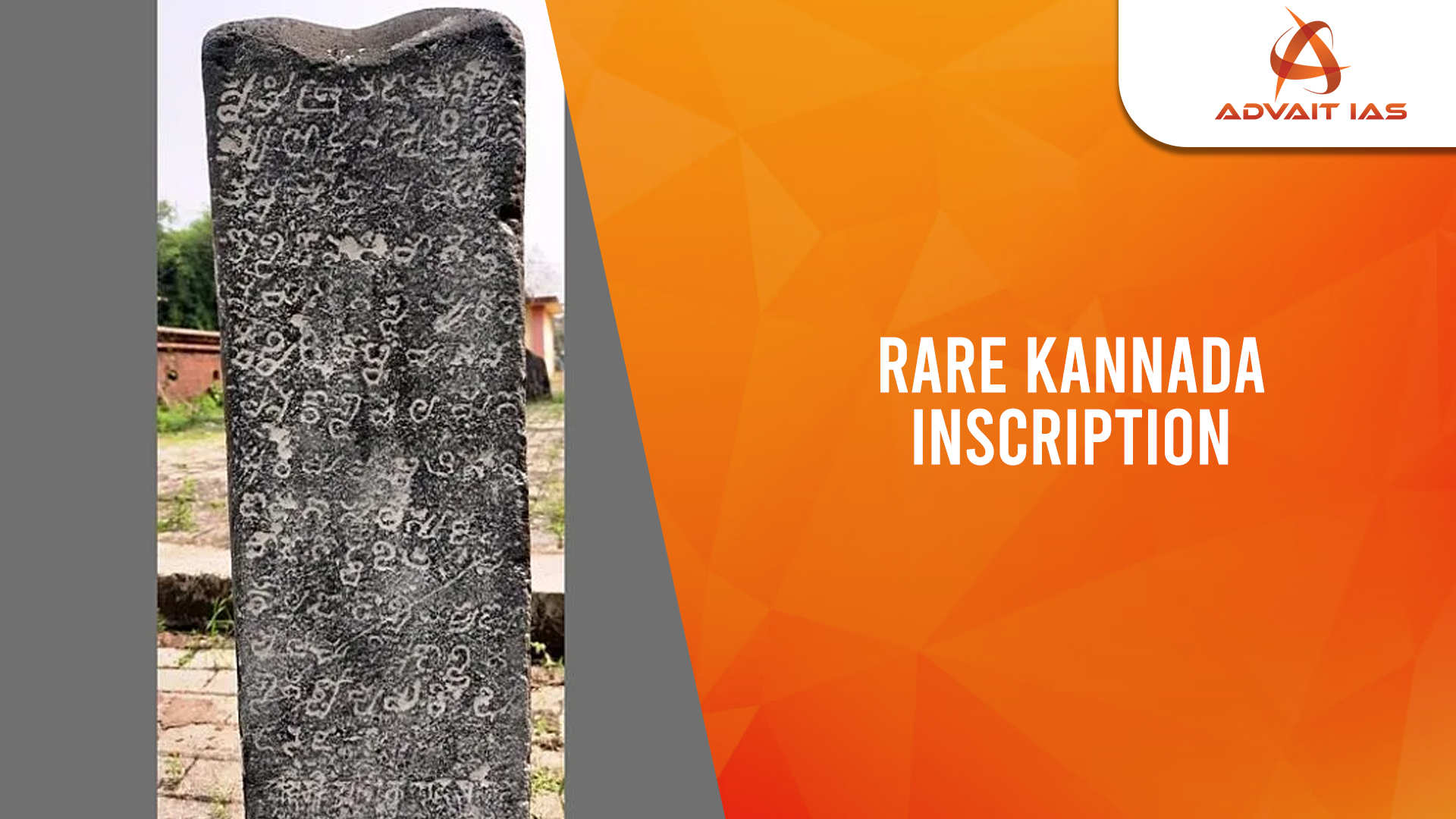Context:
- A rare Kannada inscription was recently discovered in Haveri district, Karnataka.
- Date: Dated to 18th August 1539 CE.
- Significance: It is the first known inscription in Indian history to explicitly record a mass humanitarian disaster — documenting 6,307 deaths due to “bara” (famine/drought).
Historical Importance
- Marks India’s earliest epigraphic evidence of the human toll from a natural disaster.
- Cultural context: After death, respects were paid to Lord Basaveshwara before burial — indicating ritual mourning and religious observance.
- Reinforces the value of inscriptions in reconstructing social, environmental, and humanitarian histories — not just royal narratives.
About Inscriptions
- Inscriptions are texts engraved on stone, metal, or other durable materials.
- Serve as primary historical sources to commemorate:
- Royal decrees and land grants,
- Victories and donations,
- Religious rituals and public welfare efforts,
- Natural or social events (as seen in Haveri).
Other Notable Inscriptions in Karnataka
Maski Rock Edict (3rd Century BCE)
- Belongs to Mauryan Emperor Ashoka.
- First time Ashoka uses the title “Devanampriya” (Beloved of the Gods) along with his name.
- Crucial in identifying Ashokan edicts as belonging to the historical Ashoka.
Aihole Inscription (634 CE)
- Composed in Sanskrit by Ravikirti, a court poet of Pulakeshin II (Chalukya dynasty).
- Records Pulakeshin II’s military achievements, including victory over Harshavardhana.
- Also describes Aihole as the “Cradle of Indian Temple Architecture.”
Halmidi Inscription (circa 450 CE)
- Considered the oldest known inscription in Kannada language.
- Composed in early Kannada script and poetic style.
- Mentions Kadamba king Kakusthavarma.
- Contains 16 lines carved on a sandstone slab.
Significance of the Haveri Inscription
- Shifts focus from kingship and conquest to people-centric history.
- Offers early documentation of:
- Climate-induced calamity (drought)
- Mass mortality and burial practices
- Community reverence through religious rites
The Haveri inscription is a landmark in Indian epigraphy, highlighting human suffering and resilience in the face of natural calamities. It adds depth to our understanding of medieval societal responses to disasters — beyond royal or administrative actions.






